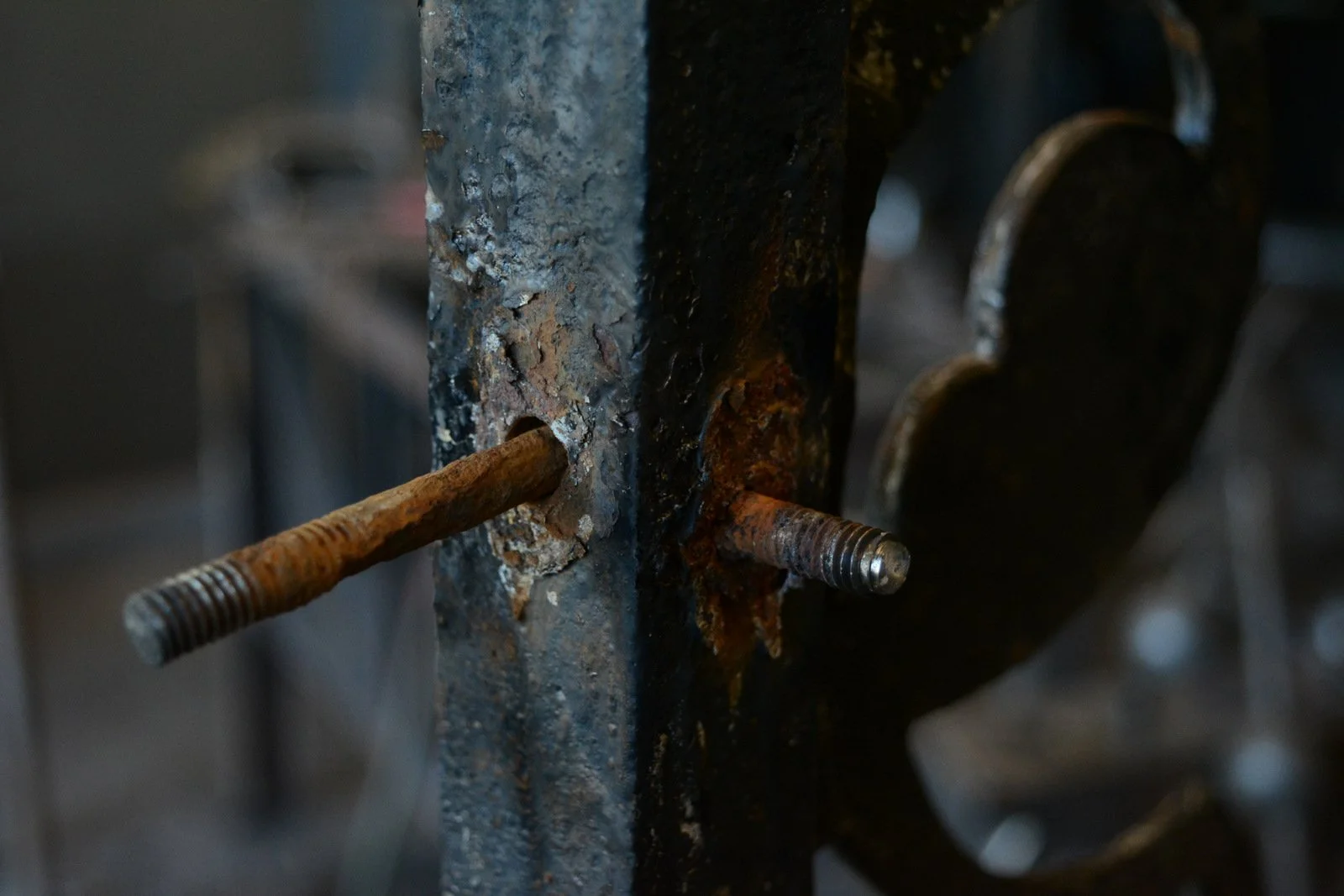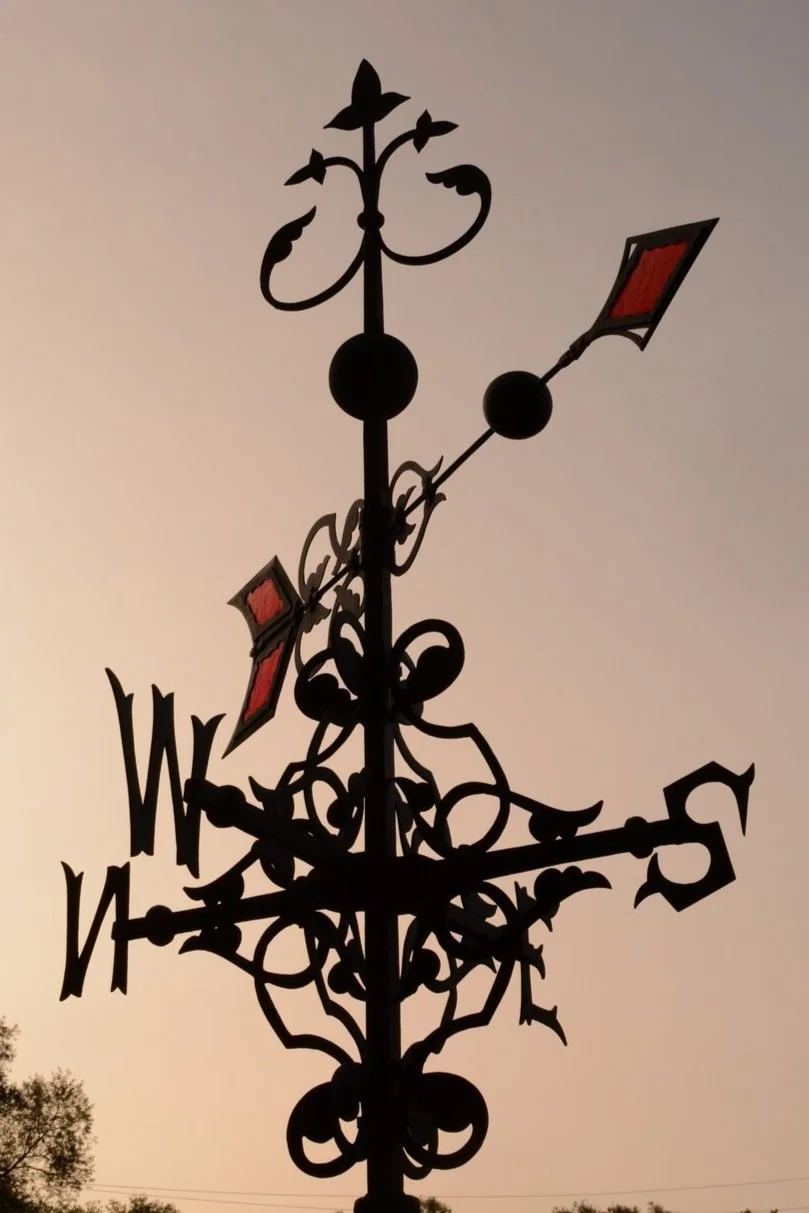Antique ironwork is the crowning ornament of an historical building. But neglect, accidents, vandalism or just the slow passage of time can turn the most magnificent gate or railing into a crumbling, rusted eyesore. Restoration can be a major challenge - even finding someone to undertake the project can be difficult. Everyone wants their property to be as beautiful as possible, and the lack of available expertise has forced many to scrap their antique ironwork entirely.
But there is always hope – in two decades of restoration work, I have never seen a project that was downright impossible to bring back to its original glory.
The restoration of ironwork requires not only technical knowledge, but the artistic ability to match the work of the past, and to restore historical ironwork to its original magnificence. The methods and materials used by metalworkers have changed completely in the last hundred years, and work done exclusively with modern methods does not match what was done in the 19th or early 20th century.
Today, Almost all decorative ironwork is assembled from mass-produced components, parts stamped out in giant Asian factories and tacked together with a welder. A glance shows even the most expensive welder-fabricator designs to be lifeless collections of prefab parts.
Ornate lighting, lamposts, gates or wrought-iron railings were all once made by skilled artisans displaying years of training and technical skill. Made by hand, the work was unique to each shop and often unique to each building – not picked out of a catalogue or design brochure. Then, as now, the goal was to impress.
But the modern blacksmith has many more tricks up his sleeve than even the best fabricator.
To restore the beauty of historical metalwork means using the same tools and techniques that created it. The methods of the blacksmith can match any style, from any time period. Baroque, Rococo, Empire, Neo-Gothic, Arts and Crafts, Art Nouveau, Modernist – these styles and hundreds more can be restored, rebuilt, or entirely re-constructed.
One-hundred and 50 years of rust
Unfortunately, not all modern blacksmiths are well-educated in historical ironwork, and even fewer are trained in its preservation or restoration. If you wish to bring your piece back to its pristine state, a blacksmith engaged in restoration requires specialized knowledge, skills and practical experience.
Once you manage to find a blacksmith, how can you know they have the requisite skills? We are naturally worried about wasting time and money, and there are no shortage of disaster stories that result from hiring the wrong specialist.
Reputation – the blacksmith community is small, so hacks don't last very long without being found out. The competition is tight and margins are low. If the smith you're talking to has been in business any length of time, that's a solid indicator that they're at least competent.
Expertise – Ask them to explain your project back to you. They should understand both what you need, and be able to explain how it can be accomplished. There is a great deal of technical knowledge required in restoration work, so any professional should know enough about their trade to clearly explain what is needed.
Experience – A portfolio is less helpful than you might think. Each restoration job presents new challenges and usually needs a unique approach, so it is difficult to make direct comparisons. But blacksmithing is a skilled trade, so the quality of their previous work will be obvious even if it's not exactly the same type of project. Look at the overall quality of work – the skills and attention to detail are what count.
Finally, quality and careful craftsmanship will always tell. Through the rust and neglect of centuries, the beauty of the old ways is still obvious, even if it’s come to us broken and twisted. Wherever we can, we owe it to ourselves to preserve, or even rebuild the beauty and inheritance that has been passed down to the present.
A fully-restored 1870 Weathervane



